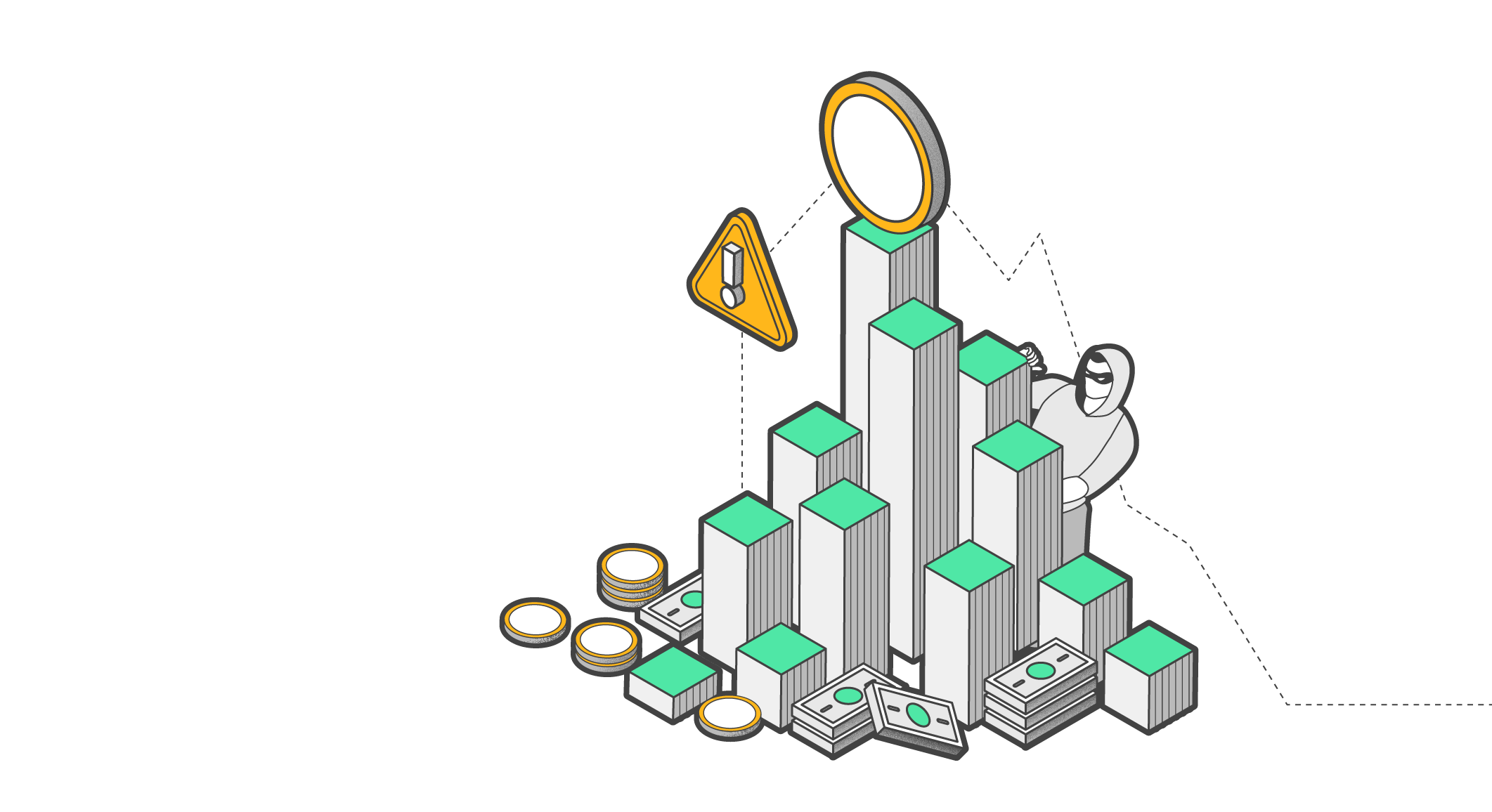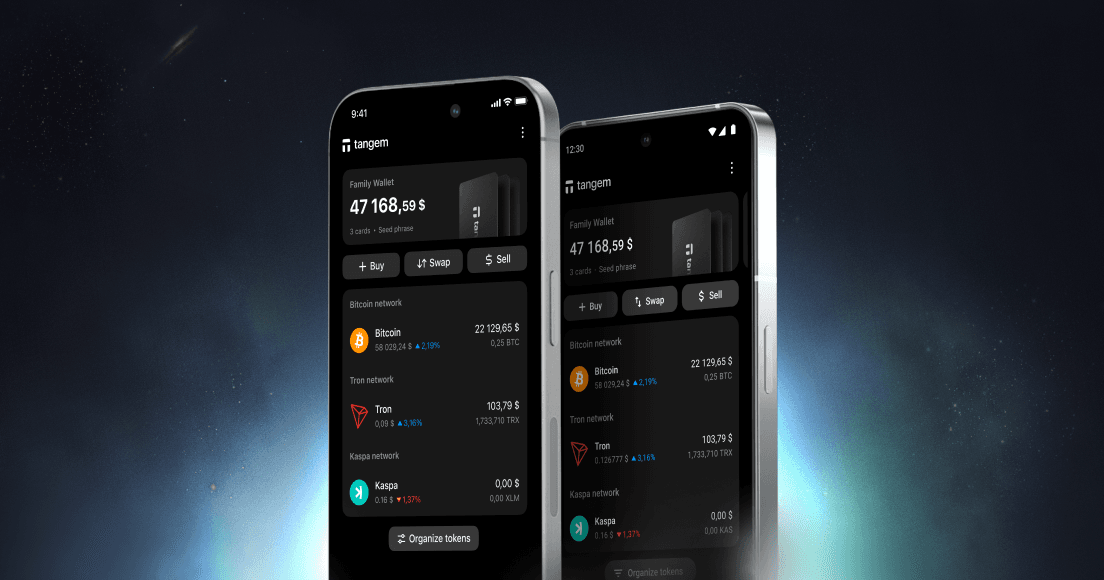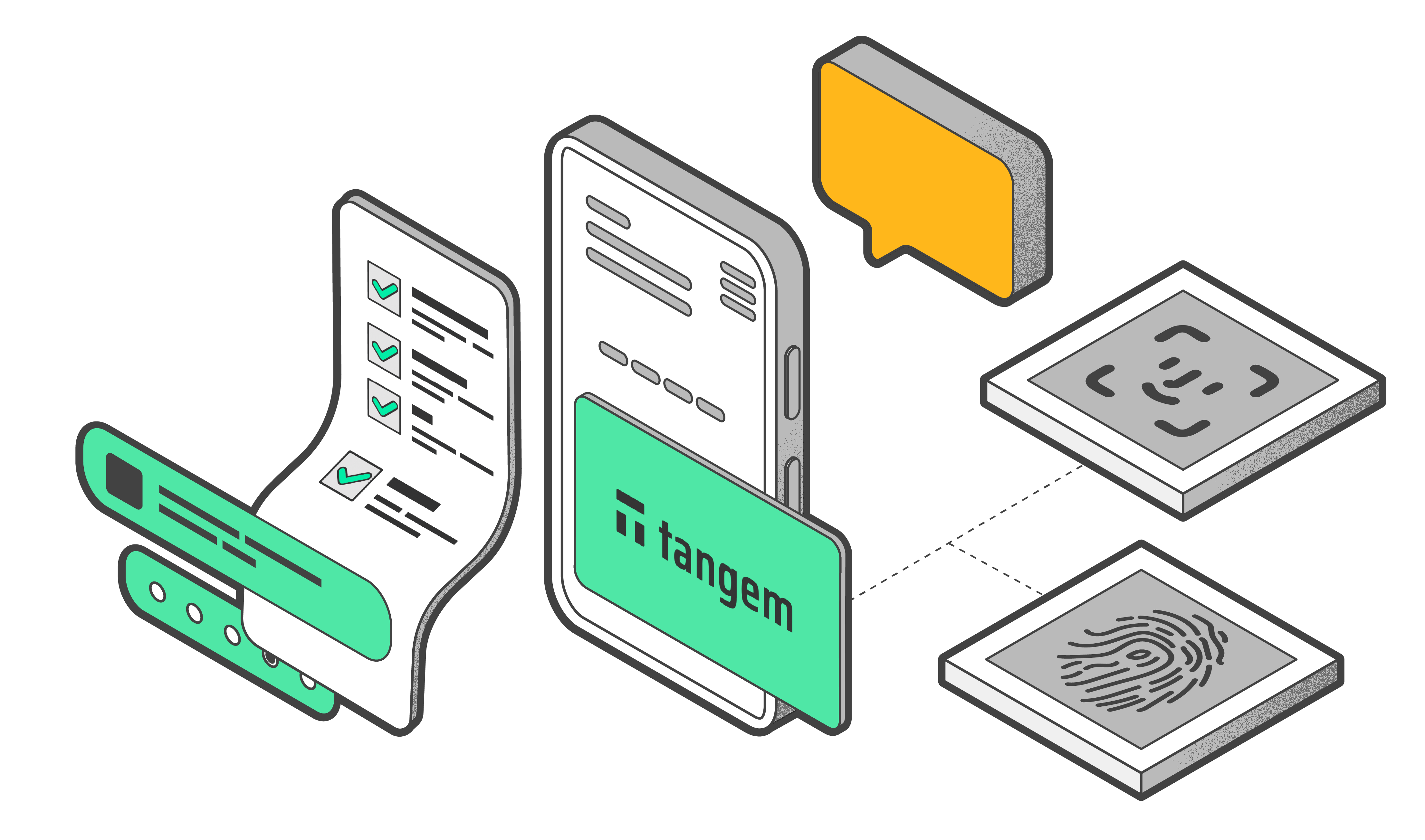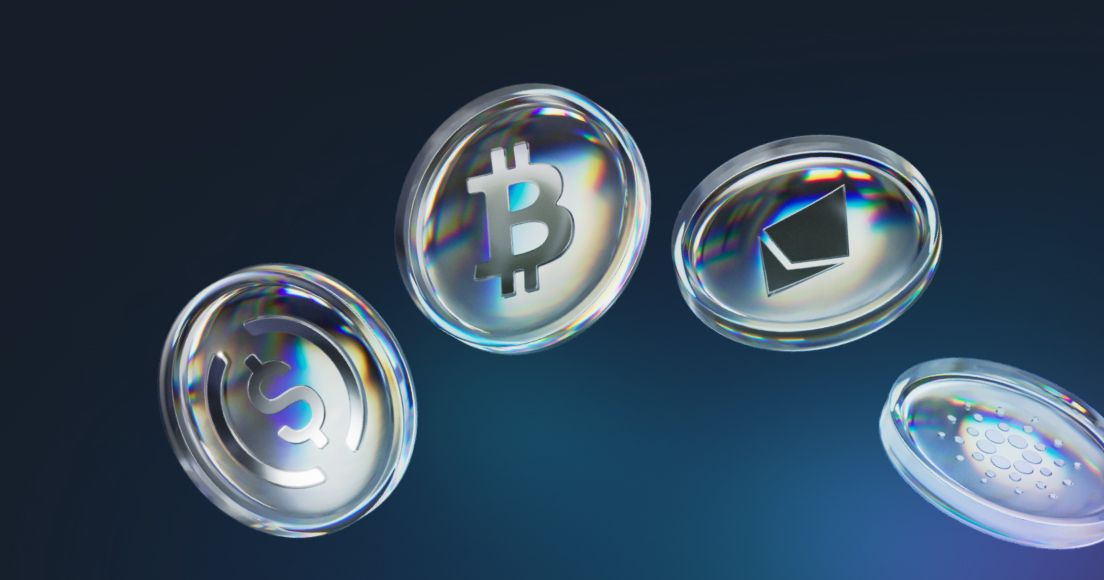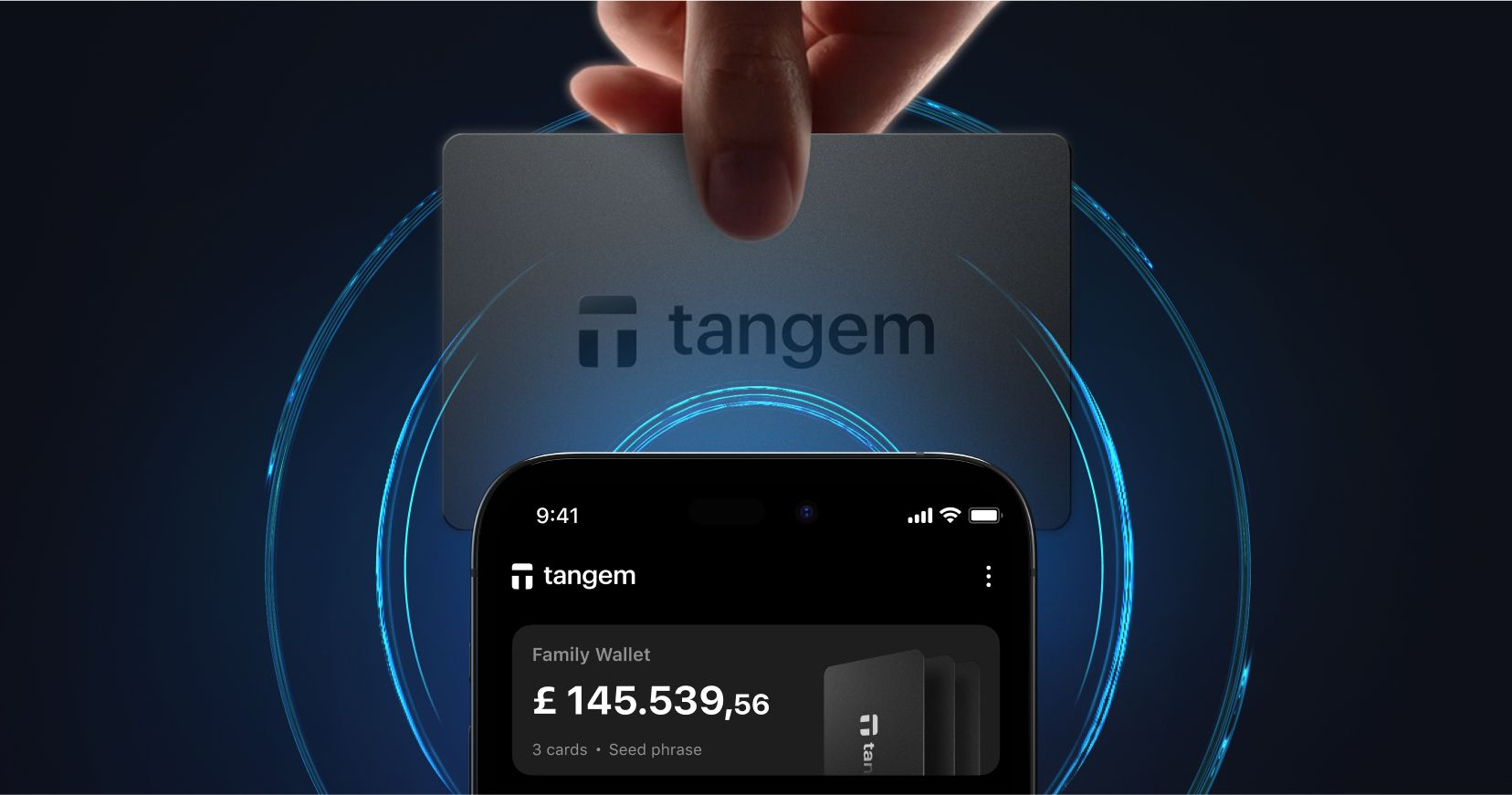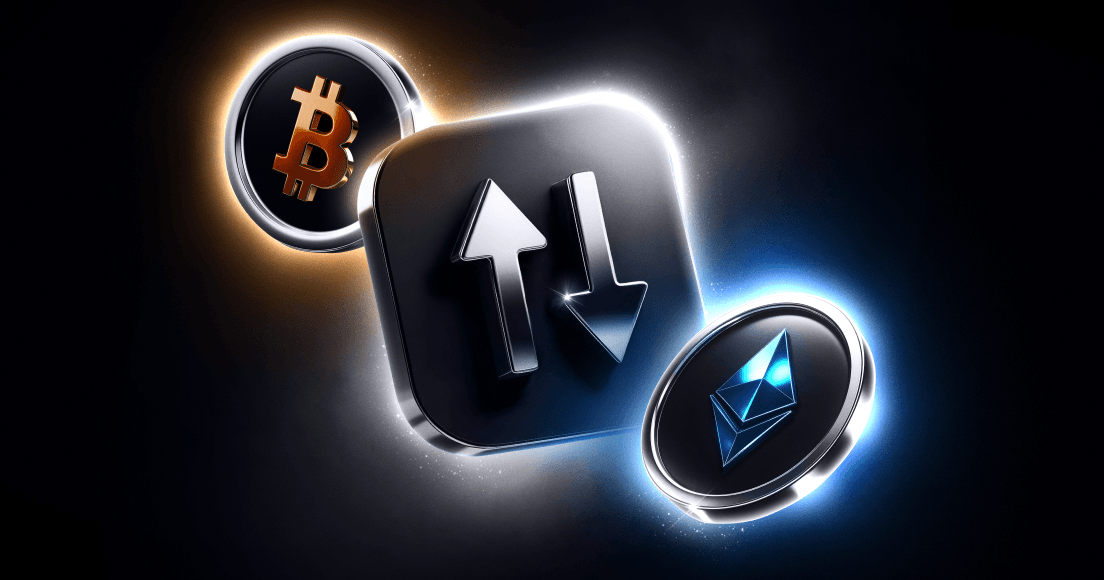
Top DePIN Crypto Tokens by Market Cap in June 2025
Explore the biggest DePIN crypto tokens by market cap and see which projects are driving innovation forward.

The Decentralized Physical Infrastructure Network (DePINs) model enables individuals and organizations to develop and operate assets such as wireless networks, energy grids, and transportation systems, promoting efficiency and democratized ownership.
As of February 2025, the DePIN ecosystem has experienced significant growth, now comprising over 1,170 active projects across various sectors. This expansion reflects a substantial increase from the 650 projects reported in 2023, indicating a robust development trajectory.
In terms of market valuation, the DePIN sector has reached approximately $33 billion, further evidenced by the deployment of over 5.7 million devices across 196 countries, highlighting the global adoption and implementation of DePIN technologies.
In this article, we examine the leading DePIN initiatives in April 2025 and how they aim to achieve their objectives.
What is DePIN?
DePIN includes projects that use blockchain tokens to encourage the building and running of physical networks and infrastructure. This approach moves away from the traditional centralized systems and focuses on community ownership, public verification, incentive programs, and a model that anyone can join.
DePIN represents a change in how we handle and connect with physical infrastructure. Through reward systems built into blockchain tokens, community members become stakeholders and active participants.
With DePIN, everyday physical items like WiFi hotspots, security cameras, ride-sharing services, and food delivery can become community-owned assets. This decentralized model ensures that decision-making spreads across the community and promotes transparency through public verification.
How does DePIN work?
DePIN uses blockchain technology and community incentives to motivate participants with token rewards, fostering a community-driven ecosystem. This approach moves away from traditional hierarchical models and embraces grassroots methods.
By leveraging crowdsourcing for growth, DePIN networks can scale efficiently and operate at lower costs than conventional infrastructure providers.
DePIN consists of five structural components:
- Physical hardware: Infrastructure that connects DePIN networks to the physical world, including hotspots, routers, servers, power generators, and solar panels.
- Hardware operators: Individuals or businesses responsible for deploying and maintaining the hardware, motivated by token incentives and other factors like expertise and costs.
- Decentralized ledger technology: Blockchain technology that provides transparency and security, supported by smart contracts.
- Decentralized token incentives: A reward system using blockchain tokens to encourage participation in deploying and operating infrastructure, fostering a self-sustaining ecosystem.
- End users: Users who utilize crypto assets for real-world services provided by DePIN networks.
By integrating blockchain, smart contracts, and IoT devices, DePIN enhances infrastructure management and monitoring.
The DePIN Flywheel
DePIN projects aim to create a resource-efficient physical infrastructure by offering incentives. First, providers are encouraged to use their physical facilities for a decentralized network.
Many providers, some with unused facilities, join the network to earn rewards. DePIN makes these resources available to users, and the network earns money from fees paid by users.
Users are attracted to the lower service charges compared to corporate-owned facilities. As the network expands, the value of its native token increases, leading to more rewards for providers and drawing in more investors and additional providers. This cycle continues, helping the DePIN network grow.
Top DePIN coins by market cap
Decentralized Physical Infrastructure Networks (DePIN) represent a transformative approach to building and managing physical infrastructure through decentralized technologies. Several cryptocurrencies are pioneering this space, each with unique contributions and backing from notable investors.
Bittensor (TAO):
Bittensor aims to democratize artificial intelligence by creating a decentralized network where participants are rewarded with TAO tokens for contributing machine learning models. This approach fosters a collaborative environment for AI development, leveraging blockchain technology to ensure transparency and security.
Filecoin (FIL)
Filecoin provides a decentralized storage solution, allowing users to rent out unused hard drive space in exchange for FIL tokens. This system offers a more secure and efficient alternative to traditional cloud storage services.
Prominent investors backing Filecoin include Y Combinator and Andreessen Horowitz.Render (RNDR)
Render Network revolutionizes digital content creation by offering decentralized GPU rendering services. Artists and developers can leverage idle GPU power across the network, making high-quality rendering more accessible and cost-effective. The project has garnered support from investors such as Multicoin Capital.
Theta Network (THETA)
Theta Network addresses the challenges of video streaming by providing a decentralized delivery platform. Users share their bandwidth and computing resources in exchange for THETA tokens, enhancing streaming quality and reducing costs. Investors in Theta include Samsung NEXT and Sony Innovation Fund.
BitTorrent (BTT)
BitTorrent extends its legacy as a peer-to-peer file-sharing protocol by integrating blockchain technology. The platform incentivizes users with BTT tokens for sharing files and resources, promoting a more robust and efficient distribution network.
IOTA (MIOTA)
IOTA focuses on the Internet of Things (IoT), offering a decentralized network that facilitates secure data and value transfer between devices. Its unique Tangle architecture aims to provide scalability and zero transaction fees. IOTA has received backing from organizations like the IOTA Foundation.
Helium (HNT)
Helium provides a decentralized wireless network for IoT devices, enabling users to deploy hotspots and earn HNT tokens for network coverage. This approach offers a cost-effective and expansive alternative to traditional cellular networks. Investors include Multicoin Capital and Union Square Ventures.
MultiversX (EGLD)
Formerly known as Elrond, MultiversX aims to create a high-throughput blockchain platform for distributed apps and enterprise use cases. It employs sharding technology to achieve scalability and efficiency. Investors include Binance Labs and Electric Capital.
Arweave (AR)
Arweave offers a decentralized storage network that enables permanent data storage. Users pay a one-time fee for perpetual storage, with data replicated across a distributed network. The project has attracted investment from Andreessen Horowitz and Union Square Ventures.
AIOZ Network (AIOZ)
AIOZ Network aims to revolutionize content delivery by creating a decentralized CDN powered by user-operated nodes. Participants earn AIOZ tokens to share their bandwidth and storage, leading to more efficient and cost-effective content distribution.
These projects exemplify DePIN's diverse applications, from decentralized storage and streaming to IoT connectivity and AI development. Each is backed by notable investors and contributes to the evolution of decentralized infrastructure.
Benefits of Decentralized Physical Infrastructure Networks (DePIN)
DePIN offers several advantages:
- Horizontal scalability: Facilities can flexibly scale resources based on demand without overloading individual components. The blockchain manages resource allocation, allowing the network to adjust capacity seamlessly, theoretically enabling infinite scalability.
- Community control: DePIN decentralizes infrastructure, distributing control among individual resource providers, similar to a decentralized autonomous organization (DAO). Each provider has governance relative to their contribution, promoting a more balanced control system.
- Fair pricing: DePIN’s pricing models are typically cheaper and fairer than traditional infrastructures, reflecting the operational costs of individual providers without the price inflation associated with centralized institutions.
- Cost-efficient operation: DePIN operates with minimal costs, allowing providers flexibility in the services they offer. Users benefit from fair pricing while accessing efficient services.
- Permissionless: Anyone can contribute resources or access services within a DePIN, eliminating the need for price negotiations or user vetting.
- Incentivization: DePINs can provide income opportunities for providers by deploying dormant resources, as seen in projects like Nunet, which seeks to utilize unused computing power.
Challenges facing DePIN
While promising, DePIN faces challenges, including:
- Adoption stage: The current interest is limited among facility owners and blockchain enthusiasts, hindering development and attracting enough users and providers to power the network.
- Technological complications: DePIN faces technological challenges that affect its growth and implementation. The technical aspects can be intimidating for newcomers. Projects in this area need to focus on educating individuals at various levels.
- Cost of running private facilities: Operating private facilities can be costly, making it difficult for providers to secure external financial support.
- Profitability: For a DePIN to attract providers, it must offer rewards that cover running costs while remaining profitable. The appeal depends on achieving a good profit percentage per cycle, but currently, DePINs may struggle to offer attractive rewards due to low user and provider density.
The future of DePIN
DePIN has great potential to change how we build and use physical infrastructure. Moving towards decentralized systems can bring many benefits, like cheaper crowdsourcing, empowering communities, and encouraging decentralization. This creates a future where people and communities can have a say in technology.
Many experts believe that DePINs will continue to grow in 2025, driven by new technologies like ZK technology, meme coin integrations, on-chain AI, and on-chain gaming.
However, the path to decentralization has challenges. These include unclear regulations, concerns about scalability, and the need for more people to adopt these technologies. Addressing these challenges is important for the ongoing growth and acceptance of DePIN.
DePIN has the potential to change industries and empower people, which could significantly impact infrastructure and the crypto space in 2024 and beyond.
FAQs about DePIN
What does DePIN mean in crypto?
DePIN stands for Decentralized Physical Infrastructure Network, referring to blockchain-based systems that manage and incentivize real-world infrastructure resources.
Is DePIN the future?
DePIN has the potential to transform traditional infrastructure by decentralizing ownership and operations, though its widespread adoption depends on technological advancements and regulatory developments.
What DePIN crypto under $1 will explode?
Predicting specific cryptocurrency performance is speculative; however, projects like IOTA (MIOTA) and BitTorrent (BTT) are notable DePIN-related tokens currently priced under $1.
How to make money from DePIN?
Earnings from DePIN can come from participating in networks by providing resources or services or by investing in DePIN-related tokens, keeping in mind the associated risks.
Is DePIN safe?
While DePIN projects aim to enhance security through decentralization, they are not immune to risks such as technical vulnerabilities and regulatory uncertainties.
How to invest in DePIN?
Investing in DePIN typically involves purchasing native tokens of DePIN projects through cryptocurrency exchanges after thorough research into each project's fundamentals.
What are the benefits of DePIN?
DePIN offers benefits like democratized infrastructure ownership, enhanced network resilience, and community-driven governance models.
How big is DePIN?
As an emerging sector, DePIN's size is evolving, with increasing interest and investment in decentralized infrastructure projects.
What is the other name of DePIN?
DePIN is also referred to as Proof of Physical Work (PoPW) or Token Incentivized Physical Networks (TIPIN).
This content is provided for informational purposes only and should not be construed as investment advice. Investing in Web3 and cryptocurrencies involves risks. It is essential to conduct your own research before engaging with any Web3 apps or cryptocurrencies.
Tangem AG provides only hardware wallets and non-custodial software solutions for managing digital assets. Tangem is not regulated as a financial services provider or cryptocurrency exchange. Tangem does not hold, custody, or control users’ assets or transactions. Crypto transaction services are provided by third-party providers. Tangem provides no advice or recommendation on the use of these third-party services.
Staking and yield generation services are provided by third-party blockchain protocols and decentralized finance (DeFi) platforms. Tangem provides non-custodial access only. Earnings from staking are not guaranteed, may fluctuate significantly, and depend entirely on network or protocol conditions. Users participate at their own risk.

